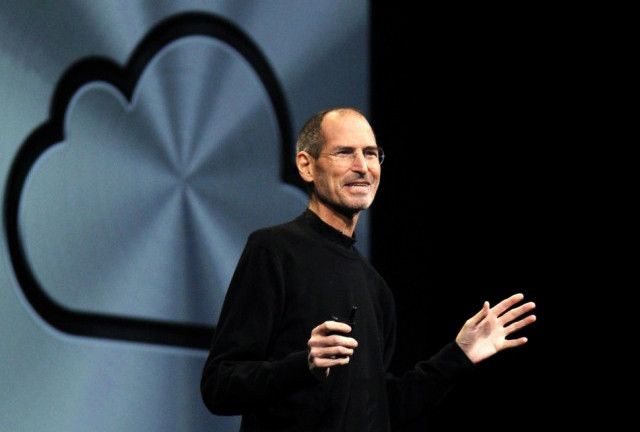Jobs did have one supporter on the board.
在董事会里面,倒是有一个人一直都支持乔布斯。
In 1999 he had recruited the Bronx-born retailing prince Millard "Mickey" Drexler,
在1999年,乔布斯招来了布朗克斯区出生的零售界大亨米勒德·米基·德雷克斯勒,
who as CEO of Gap had transformed a sleepy chain into an icon of American casual culture.
他是GAP的前CEO,曾经把死气沉沉的GAP连锁店变成了美国休闲文化的标志。
He was one of the few people in the world who were as successful and savvy as Jobs on matters of design, image, and consumer yearnings.
他也是这个世界上极少数的在设计、形象和消费者需求方面与乔布斯同样成功和精明的人。
In addition, he had insisted on end-to-end control:
另外,他还强调端到端的控制模式:
Gap stores sold only Gap products, and Gap products were sold almost exclusively in Gap stores.
GAP商店只出售GAP品牌的产品,而且GAP产品几乎只能够在GAP商店里独家销售。
"I left the department store business because I couldn't stand not controlling my own product,
“我不再把产品放进百货商店,因为我必须要控制我自己的产品,
from how it's manufactured to how it's sold," Drexler said. "Steve is just that way, which is why I think he recruited me."
从生产制作到最终销售。史蒂夫也是这样的人,我想这也是他把我招进来的原因。”德雷克斯勒说道。

Drexler gave Jobs a piece of advice: Secretly build a prototype of the store near the Apple campus,
德雷克斯勒给了乔布斯一个建议:在苹果园区附近秘密建立一个模拟商店,
furnish it completely, and then hang out there until you feel comfortable with it.
按照正式的店面进行装潢布置,然后就在那里讨论,直到有完整的想法。
So Johnson and Jobs rented a vacant warehouse in Cupertino.
于是,约翰逊和乔布斯就在库比蒂诺租下了一间空置的库房。
Every Tuesday for six months, they convened an all-morning brainstorming session there,
接下来的6个月里,每周二整个上午他们都在那里进行头脑风暴会议,
refining their retailing philosophy as they walked the space.
一边在里面来回走动,一边完善他们的零售理念。
It was the store equivalent of Ive's design studio, a haven where Jobs,
这个商店的性质和艾弗的设计工作室很相似,都是乔布斯的避风港,
with his visual approach, could come up with innovations by touching and seeing the options as they evolved.
乔布斯用他那可视化的方式通过触摸和观察里面的变化,不断地想出新点子。
"I loved to wander over there on my own, just checking it out," Jobs recalled.
乔布斯回忆说:“我很喜欢自己一个人到这儿来走走,只是随便看看。”



